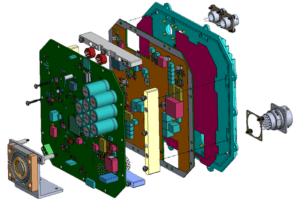Blind Via
A blind via is a term used in the context of printed circuit board (PCB) design and manufacturing. It refers to a type of via, which is a hole in the PCB that is used to electrically connect different layers of the board. Specifically, a blind via connects an outer layer of the PCB to one or more of the inner layers, but does not go all the way through the entire board. This is in contrast to a through-hole via, which passes through the entire board, connecting an outer layer to the opposite outer layer.
Blind vias are used in PCB design to save space and improve the density of the board’s layout. They are particularly useful in multilayer PCBs, where space constraints are a significant challenge. By allowing connections to be made to internal layers without needing to go all the way through the board, blind vias help in creating more compact and efficient designs.
To create a blind via, manufacturers typically use controlled-depth drilling processes. This precise drilling ensures that the via connects only the intended layers and does not penetrate the entire board. Another method for creating blind vias is laser drilling, which allows for even more precise control of the depth and diameter of the vias.
Blind vias are more expensive to produce than through-hole vias due to the additional precision and processing steps required. As a result, they are generally used in applications where the benefits of increased density and space savings justify the additional cost, such as in high-performance or miniaturized electronic devices.



